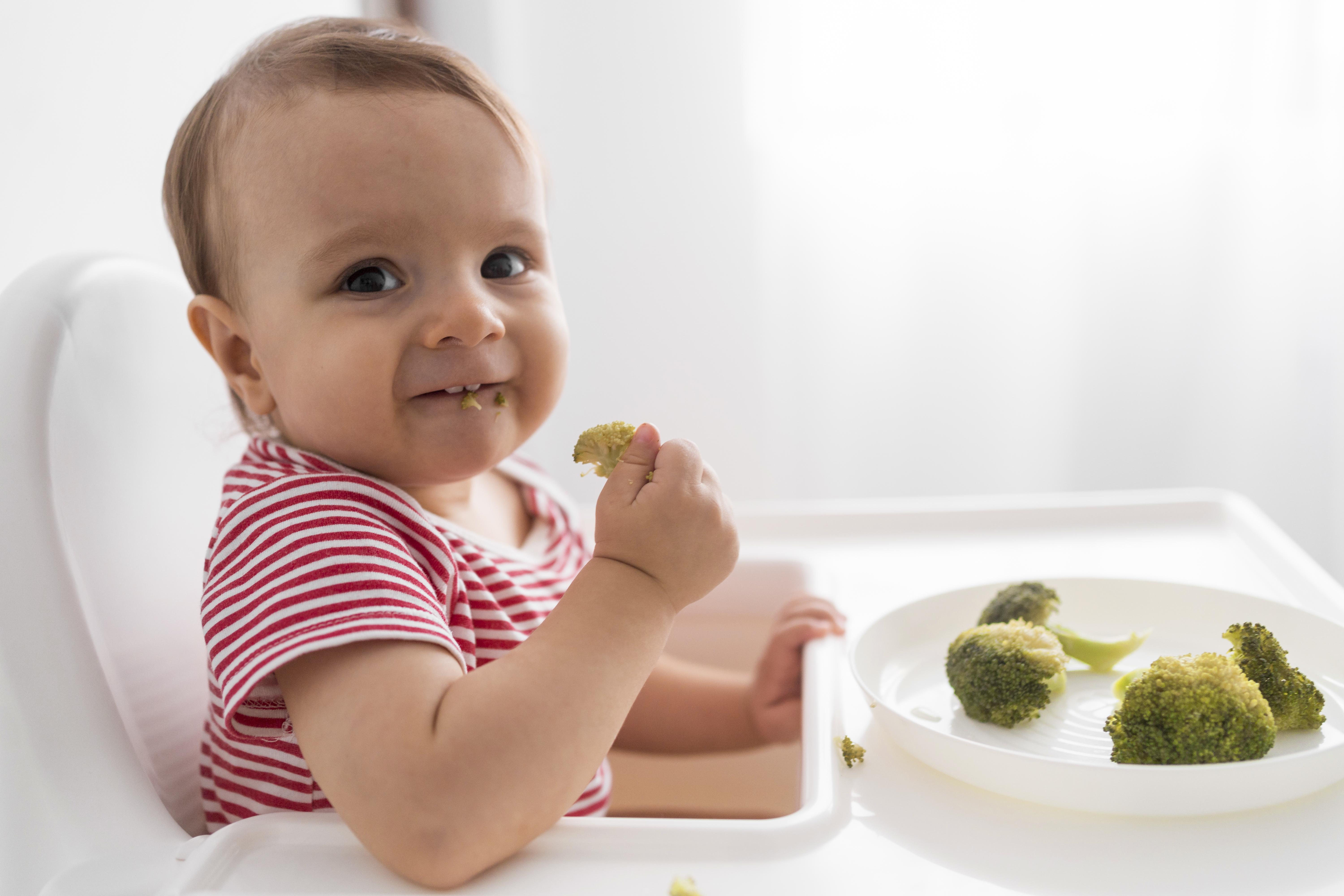Feeding Toddlers Doesn't Have to Be a Battle
Your child refuses vegetables. Wants snacks all day. Throws food.
You're not failing — you just need a clear framework backed by real pediatric science.
Here's how to feed kids 1 to 5 years old in a way that supports growth, prevents deficiencies, and builds lifelong habits.
🍽️ What a Balanced Plate Looks Like for Kids (AAP/WHO)
🥦 Nutrients You Should Prioritize
- Iron – lean meats, beans, spinach, fortified cereals
- Calcium & Vitamin D – milk, cheese, fortified alternatives
- Healthy Fats – olive oil, avocado, nut butters (thin layer)
- Fiber – fruits, veggies, whole grains
- Zinc & B12 – meat, fish, eggs
⚠️ Avoid These Foods for Children Under 5
- Whole nuts (choking risk)
- Hard candies, popcorn, raw carrots
- Sugary drinks — soda, juice boxes
- Added salt or sugar
- Cow's milk before 12 months
- Honey before 12 months (botulism risk)
🧠 Feeding Tips That Actually Work (Backed by AAP)
- Offer 3 meals + 2 healthy snacks per day
- Serve food, don't force it — your job is to offer, your child's job is to eat
- Use a child-sized plate and let them serve themselves when possible
- Make mealtimes screen-free and calm
- Try the same food 10–15 times before deciding your child doesn't like it
🥤 What Should Your Toddler Drink?
Your toddler won't eat broccoli overnight. That's normal. Focus on consistency, not perfection. What matters is the rhythm of healthy choices, day after day — and knowing you're guiding them with evidence, not guesswork.
